Specialized dialysate lines refer to the specific type of tubing that is used to deliver dialysate, a solution that is used in hemodialysis, to a patient’s bloodstream. They typically consist of two tubes: an arterial line, which carries dialysate into the hemodialyzer, and a venous line, which returns the used dialysate back to the dialysis machine. Typically, our products are used to accommodate the tandem dialysis process whether it be in-series (straight line) or parallel (y-line).
They may have different features or materials, designed for specific patient needs or to meet certain clinical requirements. For example, dialysis adequacy targets are frequently difficult to achieve in large hemodialysis patients. Dual dialyzers can be used to improve clearance. In larger clients where standard methods of urea removal do not provide adequate dialysis, the increase in surface area of in-series or parallel dialyzers has accomplished this goal.
It is important for healthcare providers to select the appropriate type of dialysate line for each patient, based on their individual needs and clinical conditions. This helps ensure the safety and effectiveness of the dialysis treatment.


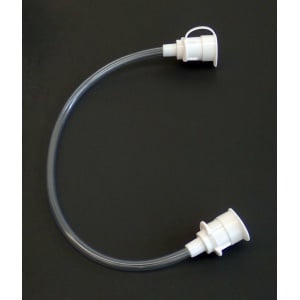
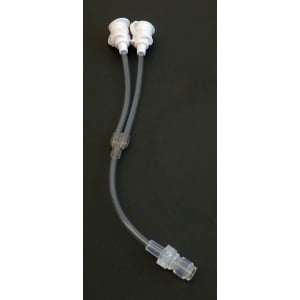
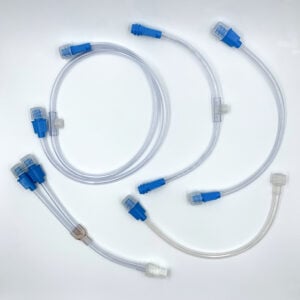
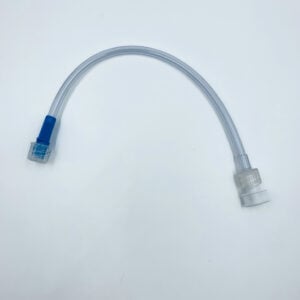
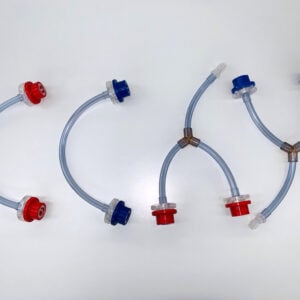
All Molded Products, Inc., products are registered with the U.S. Food and Drug Administration (FDA) as Class I and Class II medical devices. Devices are classified according to the degree of difficulty or level of control necessary to provide reasonable assurance of its safety and effectiveness. Devices must be sold under conditions specified by regulatory controls.